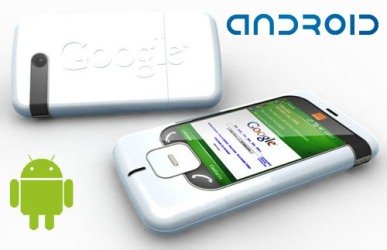Telecom Lead India: Cumulative smartphones shipments using the Google’s Android operating system will be more than 1 billion in 2013.

Worldwide unit shipments of Android phones will increase to 451 million in 2013 from 357 million in 2012.
IHS forecasts that Apple’s iOS will record 527 million in cumulative shipments in 2013. Apple iOS will not reach 1 billion in 2015.
“We expect the Android operating system to become the first to reach the milestone of 1 billion shipments during its lifetime. For Google, this accomplishment highlights the success of its growth strategy for Android, which is based on providing the operating system as an open-source platform to third-party smartphone brands free of charge. Google hopes to make significant revenues from mobile advertisements and other services. Such an open-source model means that Google offers handset makers the ability to customize Android easily, and by also eliminating licensing fees, is greatly encouraging adoption among smartphone handset manufacturers,” said Daniel Gleeson, mobile analyst for IHS.
Major brands that are selling Android-based smartphones include Samsung, HTC and other competitive brands such as Sony, ZTE, Huawei, Motorola and LG.
The combined share of Apple and Google smartphones will be 76 percent of the market in 2012, with the remaining portion split among four other segments: Microsoft’s Windows Phone, Nokia’s Symbian, Research In Motion’s BlackBerry, and other platforms such as Samsung’s Bada and Linux.
As both Apple and Google are introducing successful business models for mobile software, they will continue to dominate the OS market.
While Google has taken the advertising-revenue-supported model, Apple makes its money by controlling both the hardware and software portions of the design. By integrating the design of both the hardware and software components of the iPhone, Apple delivered a tightly optimized smartphone with a superior customer experience and tremendous innovation. Apple’s model built on the prior example of RIM’s BlackBerry but differentiated by the level of innovation.
Ultimately the most important lesson of the past few years in smartphone innovation is that handset manufacturers must continue to innovate, differentiate and provide a unique branded smartphone to the marketplace. In this new ecosystem-based smartphone marketplace, the most effective lever for market success is to create a recognizable user-experience franchise, pairing innovative hardware with a compelling environment of applications able to continually captivate the user base.
